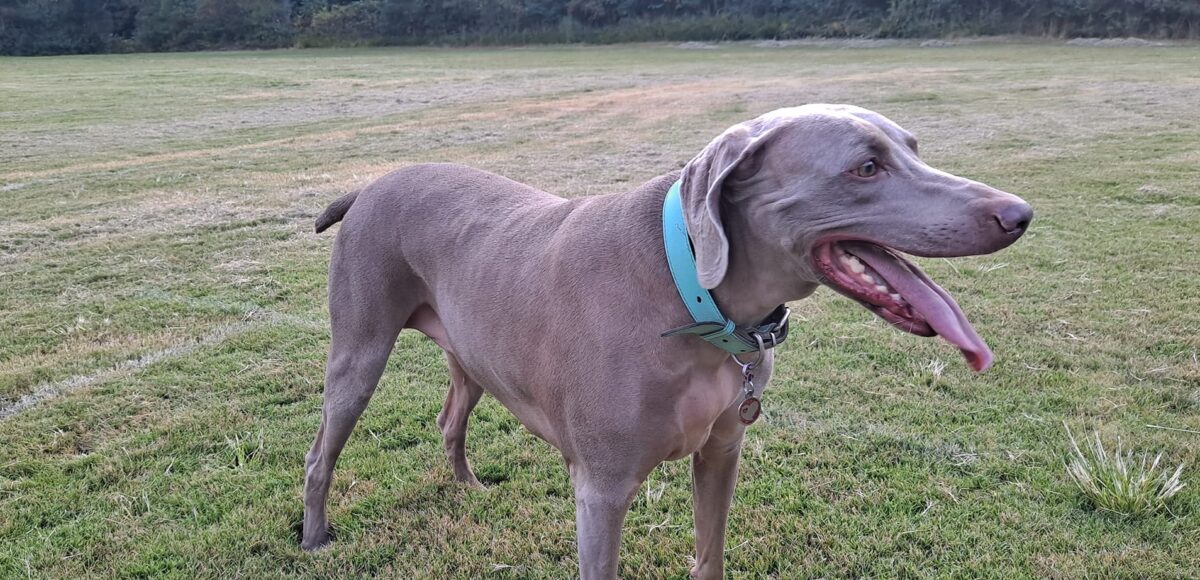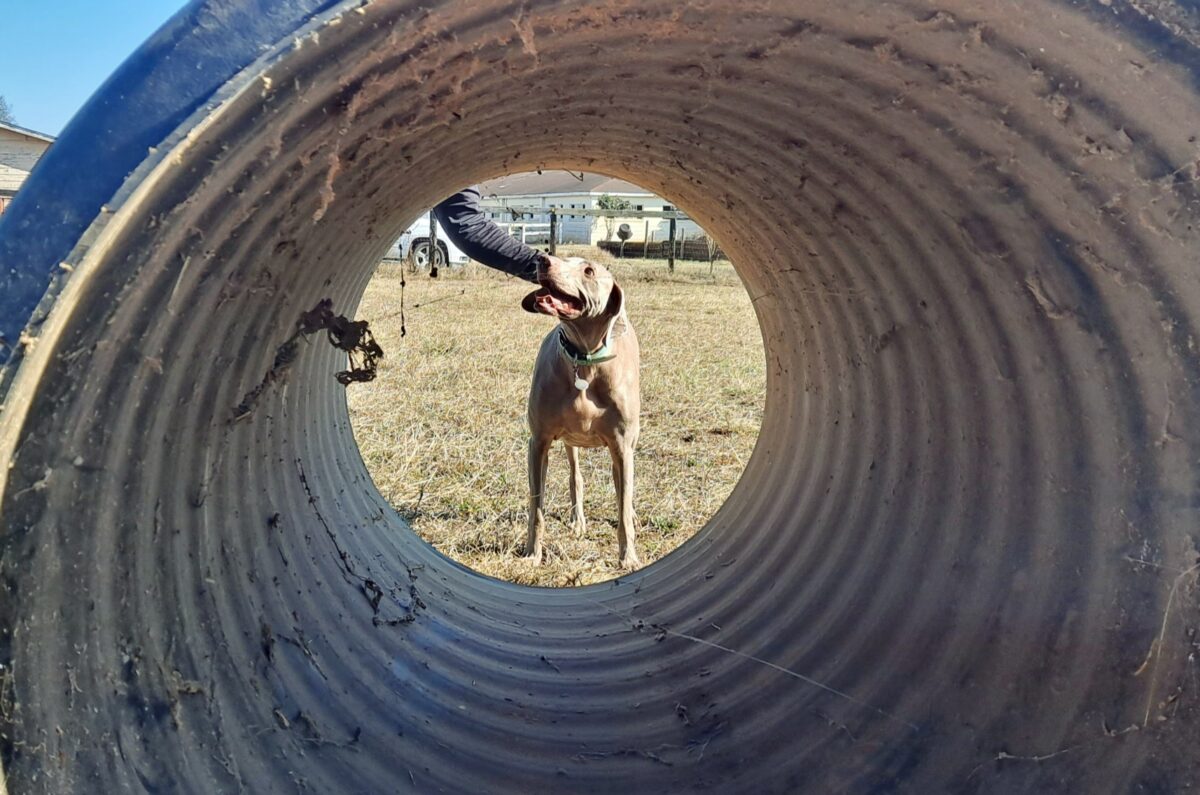Heat can be a significant concern for dogs, as they are more susceptible to heat-related health issues than humans. Dogs do not sweat like humans; instead, they regulate their body temperature primarily by panting. Heat can be dangerous for dogs, leading to heat exhaustion, heatstroke, and even death if not properly managed. Here are some important points to consider regarding heat and dogs:
- Heatstroke: Dogs are at risk of heatstroke, a life-threatening condition, when their body temperature rises too high. This can happen quickly, especially in hot and humid weather. Common signs of heatstroke in dogs include excessive panting, drooling, rapid breathing, bright red or pale gums, vomiting, diarrhea, and collapse.
- Avoid Hot Pavement: Dogs’ paws are sensitive to heat, and walking on hot pavement or surfaces can lead to burns and discomfort. Test the pavement with the back of your hand before walking your dog, and opt for walks during cooler parts of the day.
- Provide Shade and Water: Always ensure your dog has access to shade and fresh water, especially when outdoors in hot weather. Avoid leaving them in direct sunlight for extended periods.
- Avoid Exercise During Peak Heat: Refrain from exercising your dog during the hottest times of the day, typically from late morning to early evening. Instead, walk or engage in activities during cooler hours, such as early morning or late evening.
- Know Your Dog’s Limits: Different dogs have different tolerances for heat based on their breed, size, and overall health. Be aware of your dog’s individual tolerance for heat and adjust their activities accordingly.
- Never Leave Dogs in Cars: Never leave your dog inside a parked car, even for a short period. The temperature inside a car can rise rapidly, even with the windows cracked, leading to heatstroke and potentially fatal consequences.
- Cooling Techniques: Use cooling techniques such as providing a wading pool, offering frozen treats, or using cooling vests or mats to help your dog stay comfortable in hot weather.
- Grooming: Regular grooming can help keep your dog’s coat clean and free of mats, allowing better airflow and heat regulation.
If you suspect your dog is suffering from heatstroke or heat exhaustion, take immediate action:
- Move the dog to a shaded or cooler area.
- Offer cool, fresh water to drink.
- Use cool, damp towels on the dog’s body to help lower its temperature.
- Seek immediate veterinary attention, as heatstroke is a medical emergency.
By being proactive and taking precautions to protect your dog from extreme heat, you can ensure their safety and well-being during hot weather conditions. Always prioritize your dog’s comfort and health, and be attentive to signs of heat-related distress.



